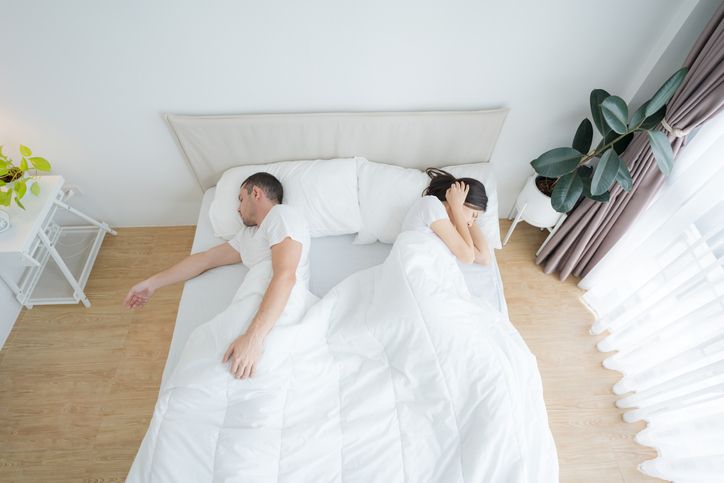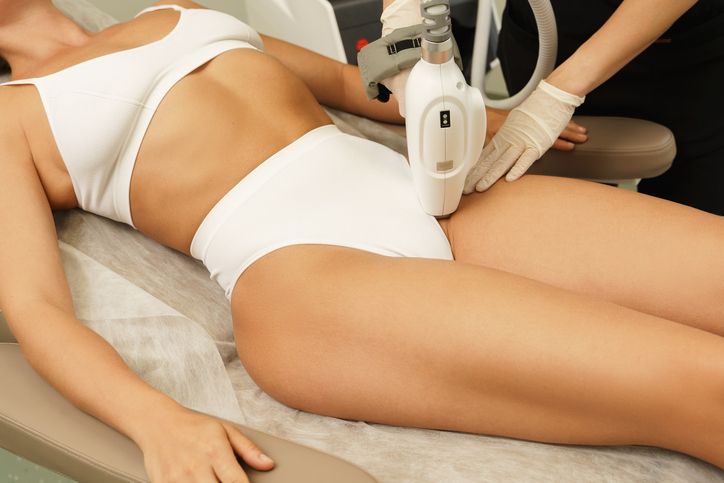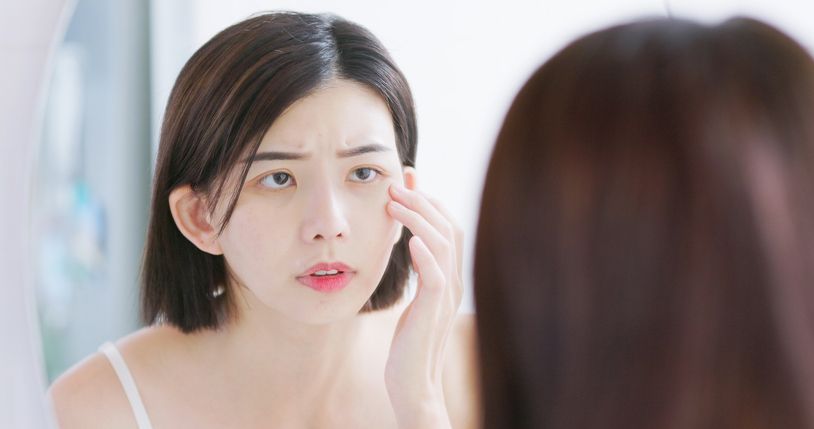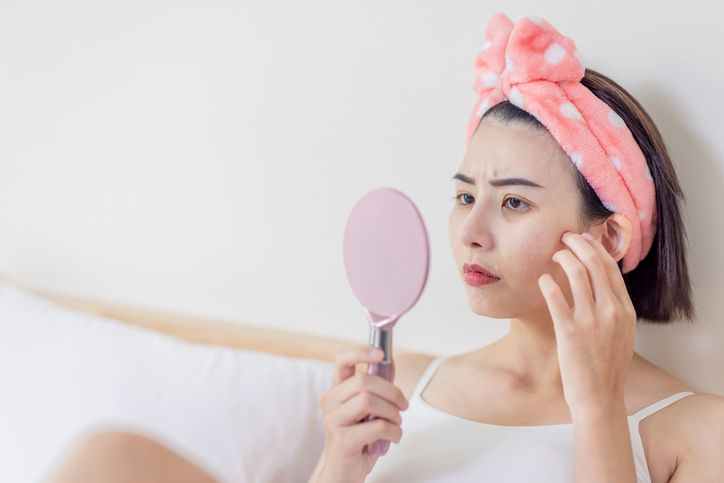- Home
- Trend
- Weight Loss Strategies
- Acne Tips
- Hair Health Information
- Blemish Removal Tips
- Acne Scar Removal Tips
- Muscle Building Techniques
- Intimate Care Tips
- Postpartum Intimate Care
- Eye Bags Wiki
- Tips for Face Slimming
- Secret of Permanent Hair Removal
- Breast Enlargement Tips
- Cure to Snoring
- Marionette Lines
- Skin-Tightening Secrets
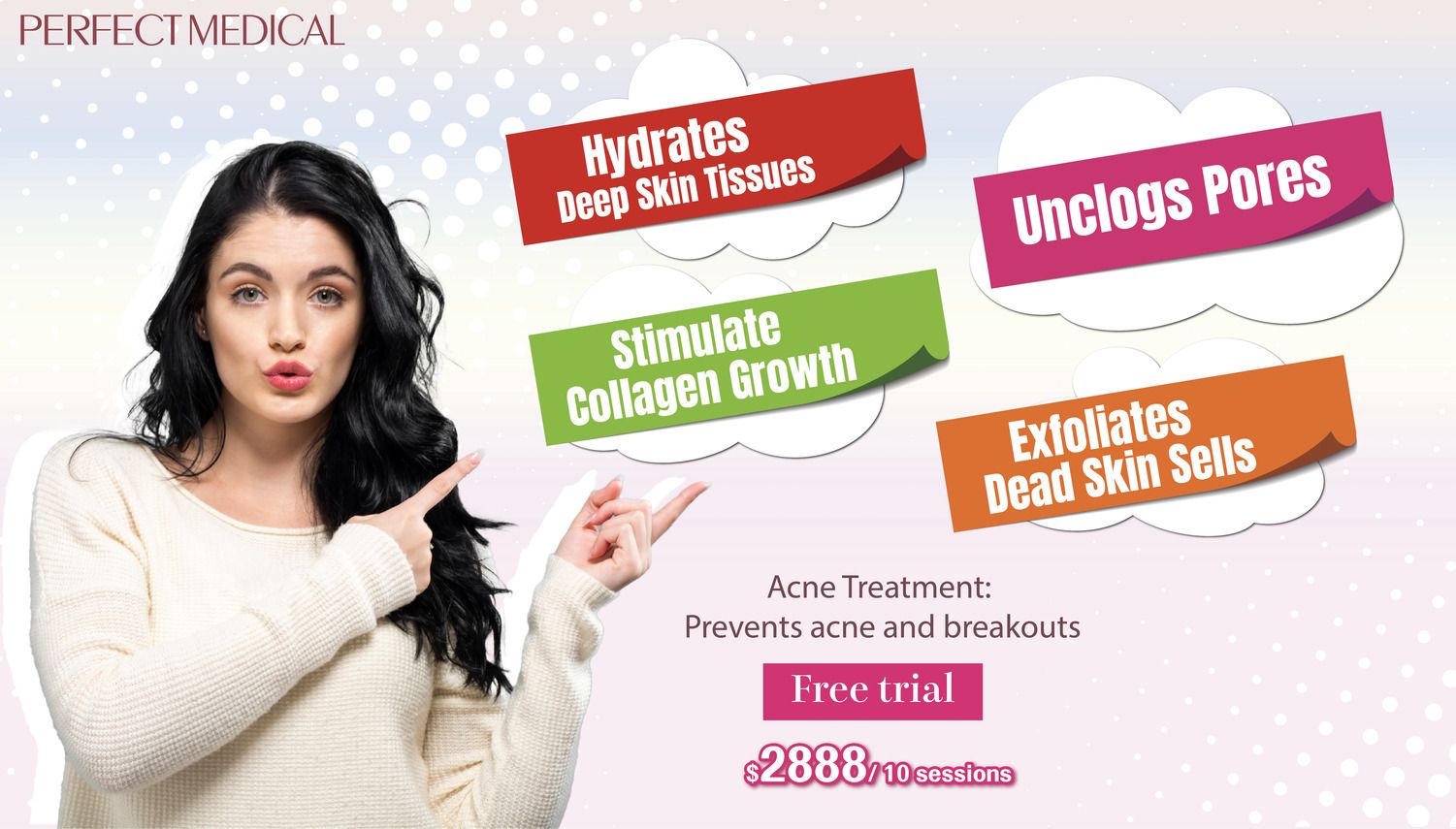
免費體驗
Acne Treatment
1 Minute Self-Registration
Date should not be before minimal date
You're not alone if you're struggling with a mysterious skin condition called rosacea: did you know that approximately millions of people also suffer from rosacea? Characterized by persistent facial redness, visible blood vessels, and acne-like symptoms, rosacea can be frustrating and affect your self-confidence. But what exactly is rosacea, and what triggers its onset? What's more, want to know more about the 10 most popular rosacea treatments and how you can regain control over your skin?
1
What is Rosacea?
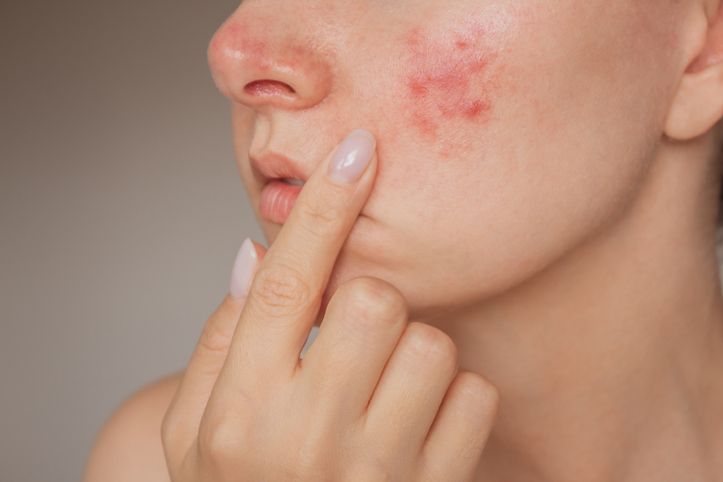
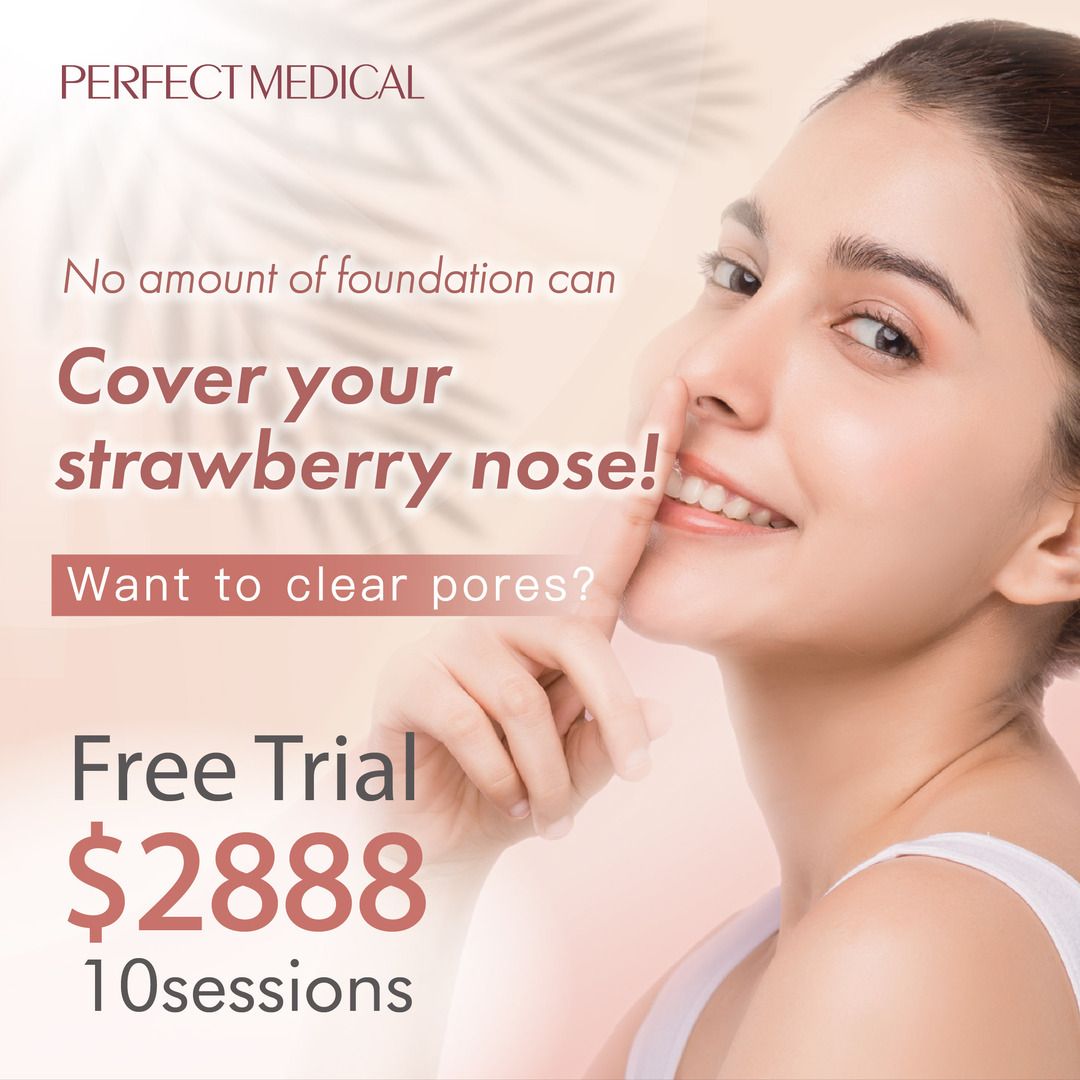
2
What are the Symptoms of Rosacea?
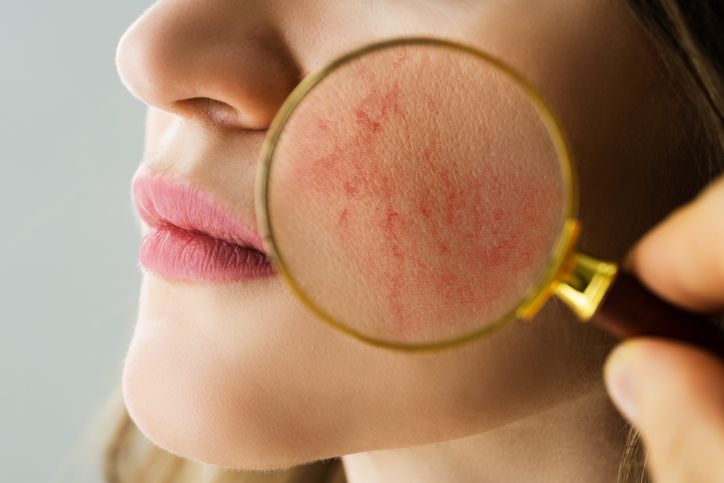
Facial Redness (Flush or Blush)
Stinging
Dry Skin Patches
Red Bumps That Look Like Pimples
Visible blood vessels
Swollen Nose
Irritated Eyes
3
Is Rosacea Inherited? What are the 10 Causes / Triggers of Rosacea?
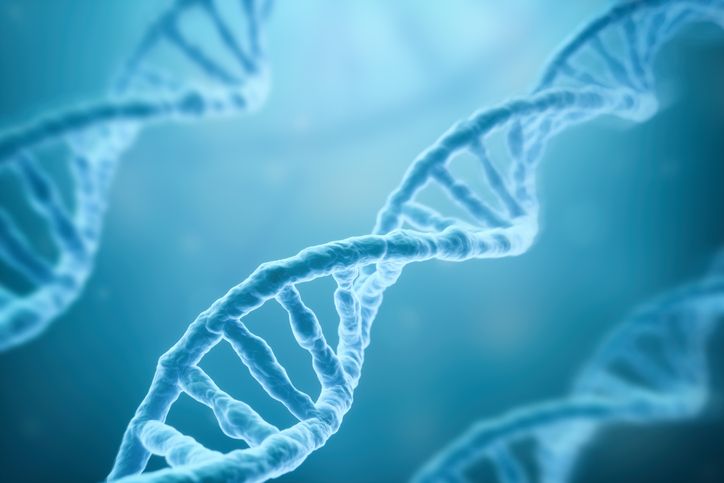
Genetics
Abnormal Blood Vessel Function
Overreacting Immune System
Microscopic Mites
Bacteria (H. Pylori)
Exposure to Sunlight
Hot or Cold Weather
Spicy Foods
Alcohol
Strenuous Exercises
Stress
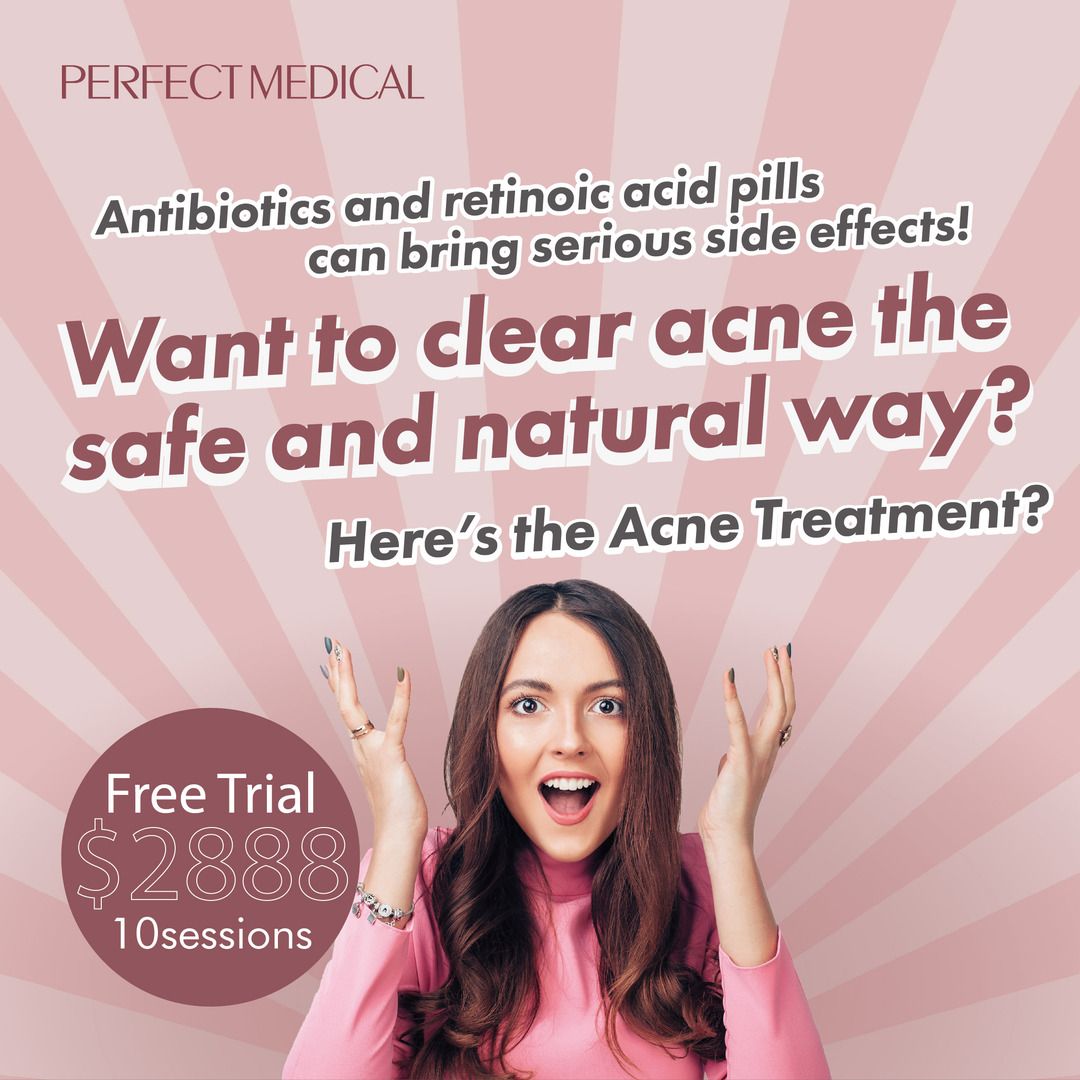
4
3 Tips on Living with Rosacea

Wear Mineral-Based Sunscreen
Don't Over-Touch Your Face
Avoiding Alcohol
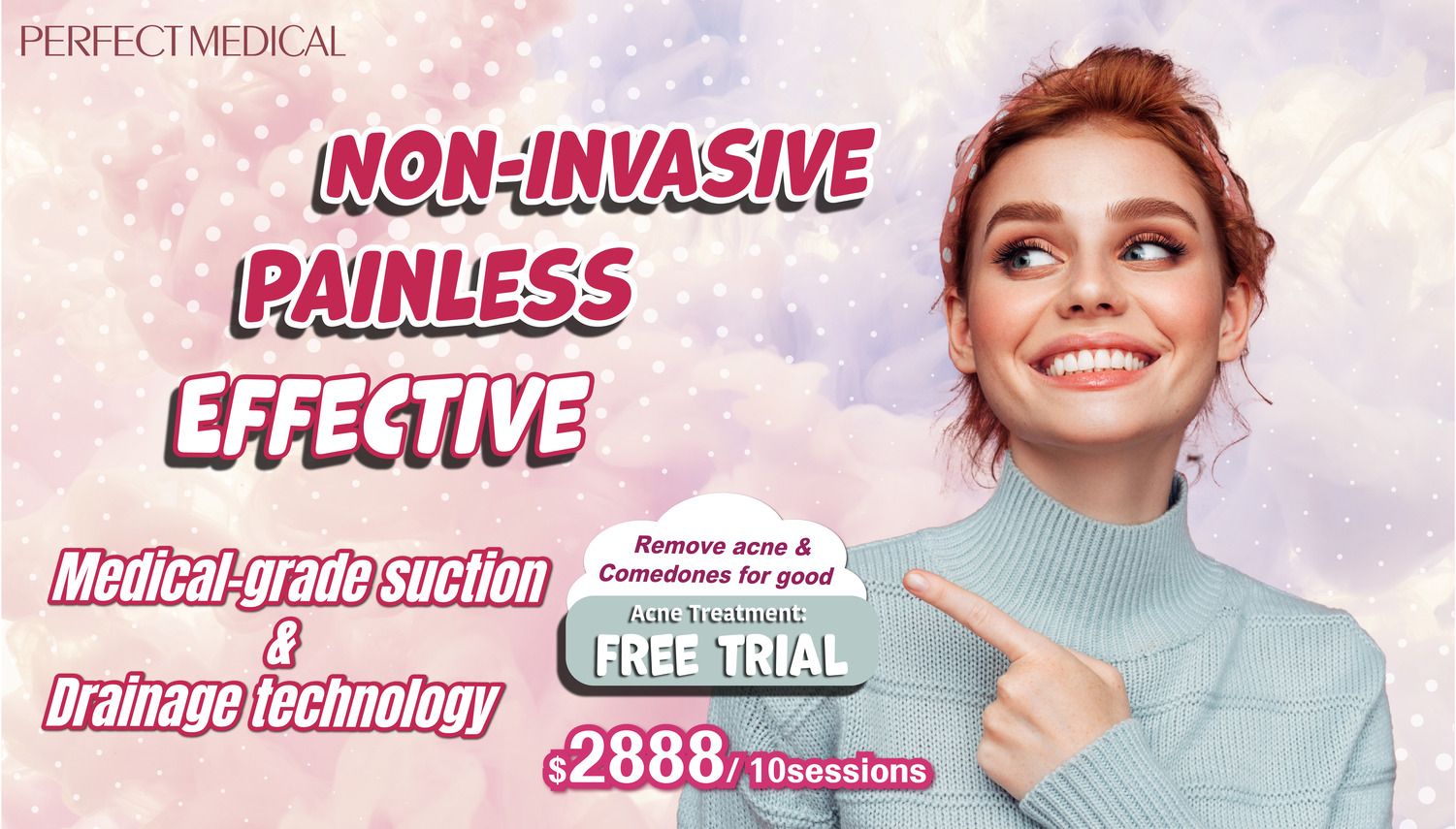
免費體驗
Acne Treatment
1 Minute Self-Registration
Date should not be before minimal date
5
6 Most Popular Rosacea Treatments
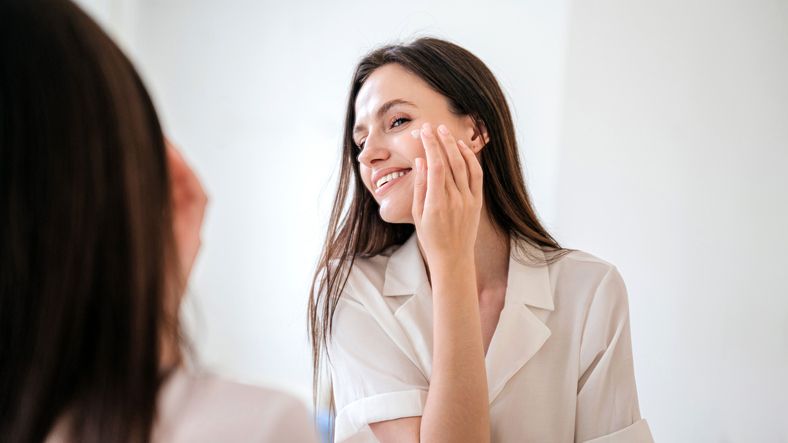
Medicated Face Cream (Brimonidine, oxymetazoline, Ivermectin)
Azelaic acid
Prescribed Oral Antibiotics
Prescribed Oral Acne Medicine
Intense Pulsed Light (IPL) Treatment
Laser Therapy
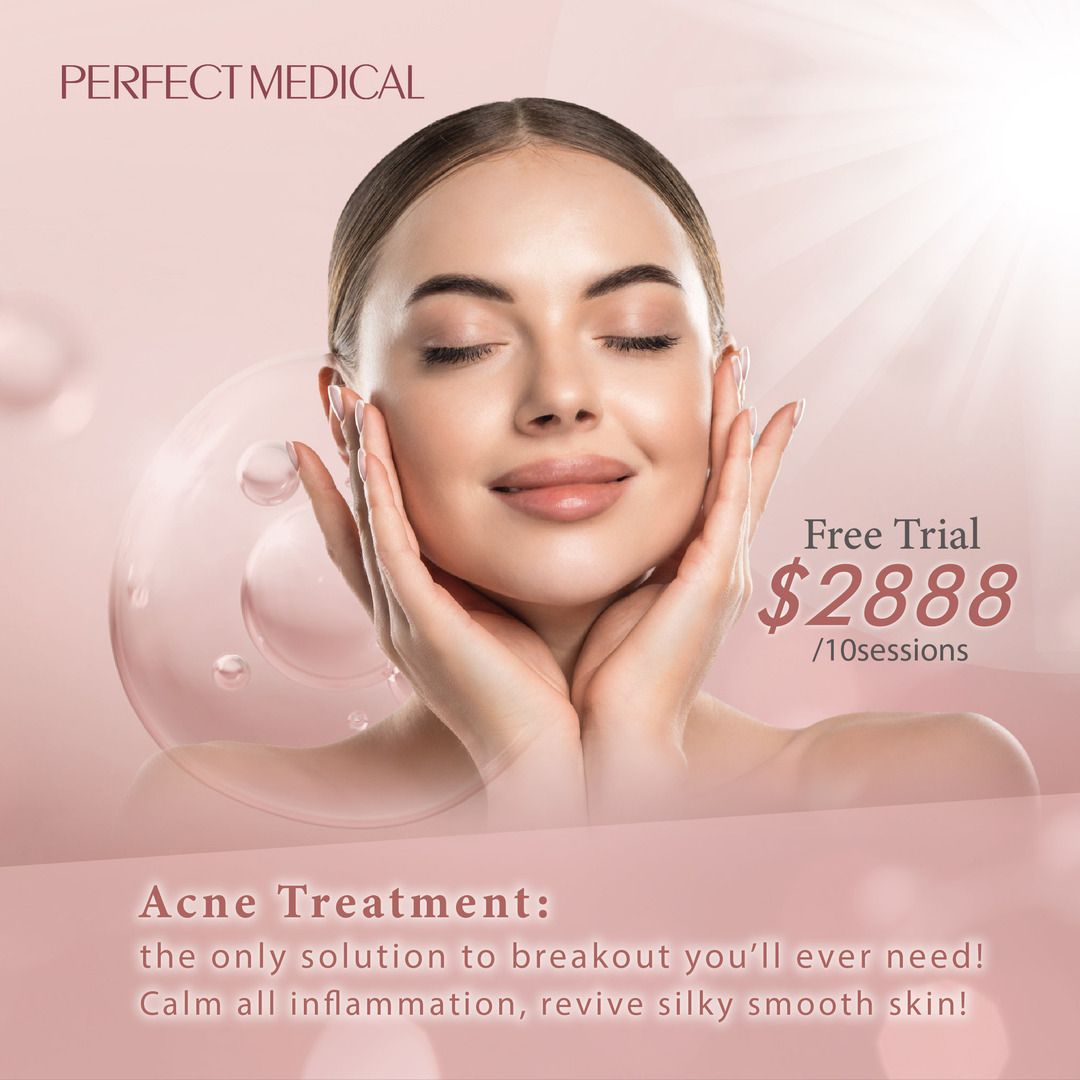
6
Perfect Medical's The Acne Treatment: A Trustworthy Solution for Erasing Rosacea Bumps!

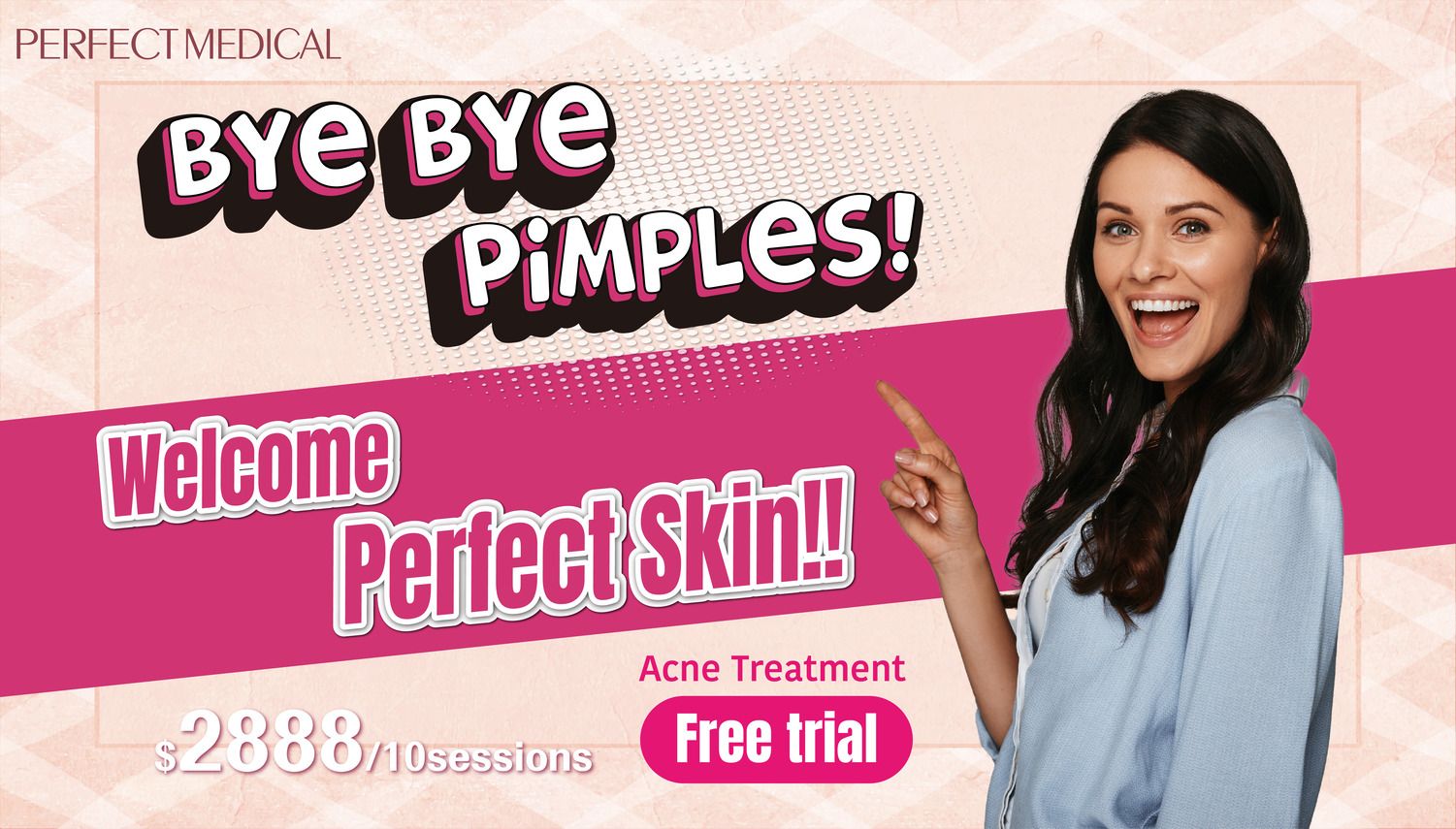
免費體驗
Acne Treatment
1 Minute Self-Registration
Date should not be before minimal date
FAQ

What Is Rosacea and What Causes It?
Rosacea is a chronic inflammatory skin condition that affects your face, causing redness, bumps, and irritation, with unknown exact causes, but genetics, abnormal blood vessels, and triggers like sunlight and stress play a role.
What Is the Main Trigger for Rosacea?
The truth is, there isn't a single main trigger - it's a complex mix of genetics, abnormal blood vessels, immune system issues, and environmental factors that contribute to this chronic skin condition.
What Is the Number One Treatment for Rosacea?
You're likely among the 1 in 20 people who suffer from rosacea, and the good news is that prescription medications, antibiotics, and specifically light and laser treatments are the number one treatment for effectively managing your symptoms and reducing flare-ups.
What Organ Does Rosacea Affect?
The answer is your skin, specifically the skin on your face, where rosacea causes redness, bumps, and irritation, often on the central part, including your nose, cheeks, forehead, and chin.
Are there any side effects to rosacea treatments?
Side effects from rosacea treatments can include dryness, irritation, and sensitivity to sunlight. Oral antibiotics may cause gastrointestinal issues.






